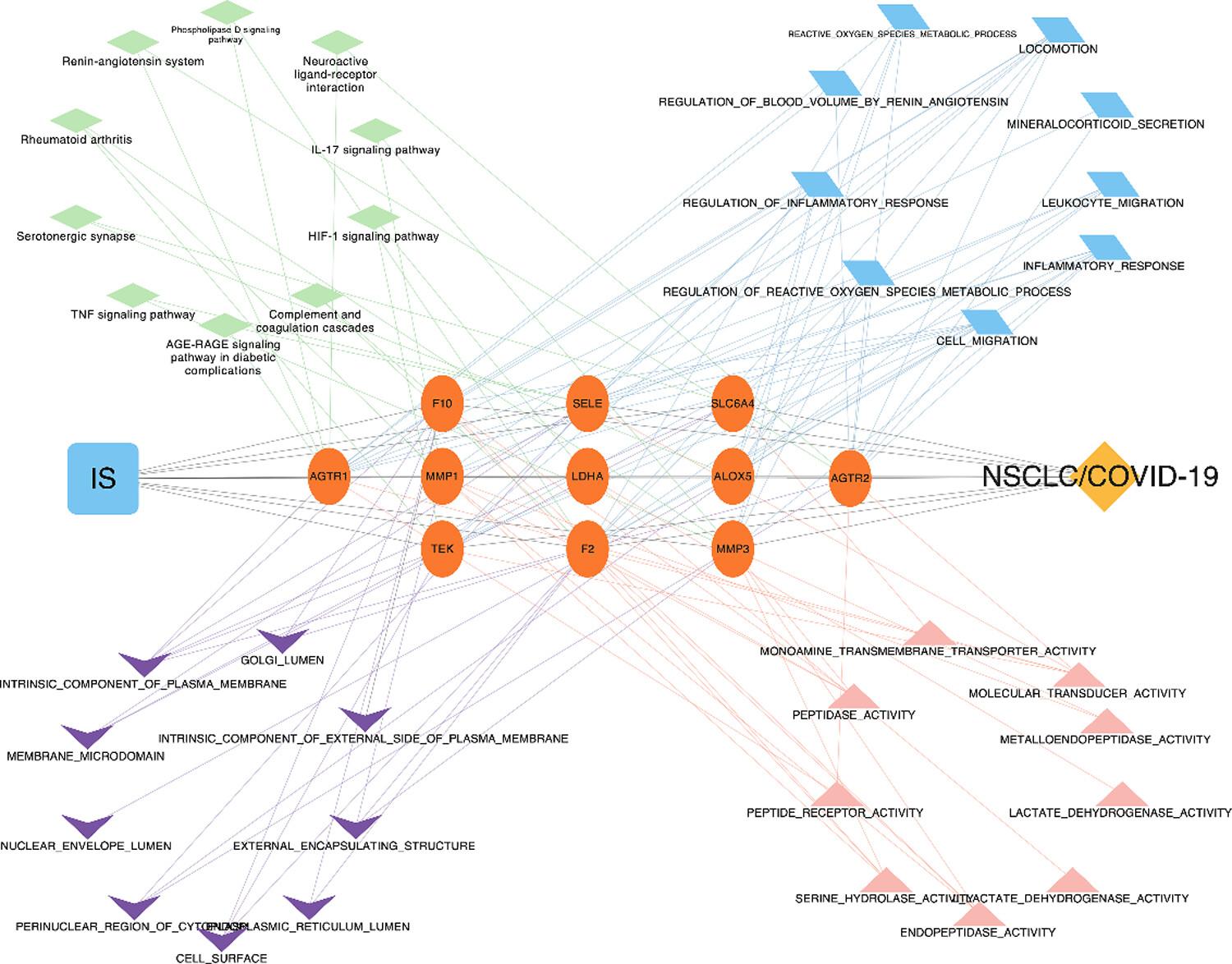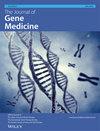Icariside II in NSCLC and COVID-19: Network pharmacology and molecular docking study
Abstract
Background
Patients with non-small cell lung cancer (NSCLC) are susceptible to coronavirus disease-2019 (COVID-19), but current treatments are limited. Icariside II (IS), a flavonoid compound derived from the plant epimedin, showed anti-cancer,anti-inflammation and immunoregulation effects. The present study aimed to evaluate the possible effect and underlying mechanisms of IS on NSCLC patients with COVID-19 (NSCLC/COVID-19).
Methods
NSCLC/COVID-19 targets were defined as the common targets of NSCLC (collected from The Cancer Genome Atlas database) and COVID-19 targets (collected from disease database of Genecards, OMIM, and NCBI). The correlations of NSCLC/COVID-19 targets and survival rates in patients with NSCLC were analyzed using the survival R package. Prognostic analyses were performed using univariate and multivariate Cox proportional hazards regression models. Furthermore, the targets in IS treatment of NSCLC/COVID-19 were defined as the overlapping targets of IS (predicted from drug database of TMSCP, HERBs, SwissTarget Prediction) and NSCLC/COVID-19 targets. Gene Ontology and Kyoto Encyclopedia of Genes and Genomes enrichment analysis of these treatment targets were performed aiming to understand the biological process, cellular component, molecular function and signaling pathway. The hub targets were analyzed by a protein–protein interaction network and the binding capacity with IS was characterized by molecular docking.
Results
The hub targets for IS in the treatment of NSCLC/COVID-19 includes F2, SELE, MMP1, MMP2, AGTR1 and AGTR2, and the molecular docking results showed that the above target proteins had a good binding degree to IS. Network pharmacology showed that IS might affect the leucocytes migration, inflammation response and active oxygen species metabolic process, as well as regulate the interleukin-17, tumor necrosus factor and hypoxia-inducible factor-1 signaling pathway in NSCLC/COVID-19.
Conclusions
IS may enhance the therapeutic efficacy of current clinical anti-inflammatory and anti-cancer therapy to benefit patients with NSCLC combined with COVID-19.


 求助内容:
求助内容: 应助结果提醒方式:
应助结果提醒方式:


